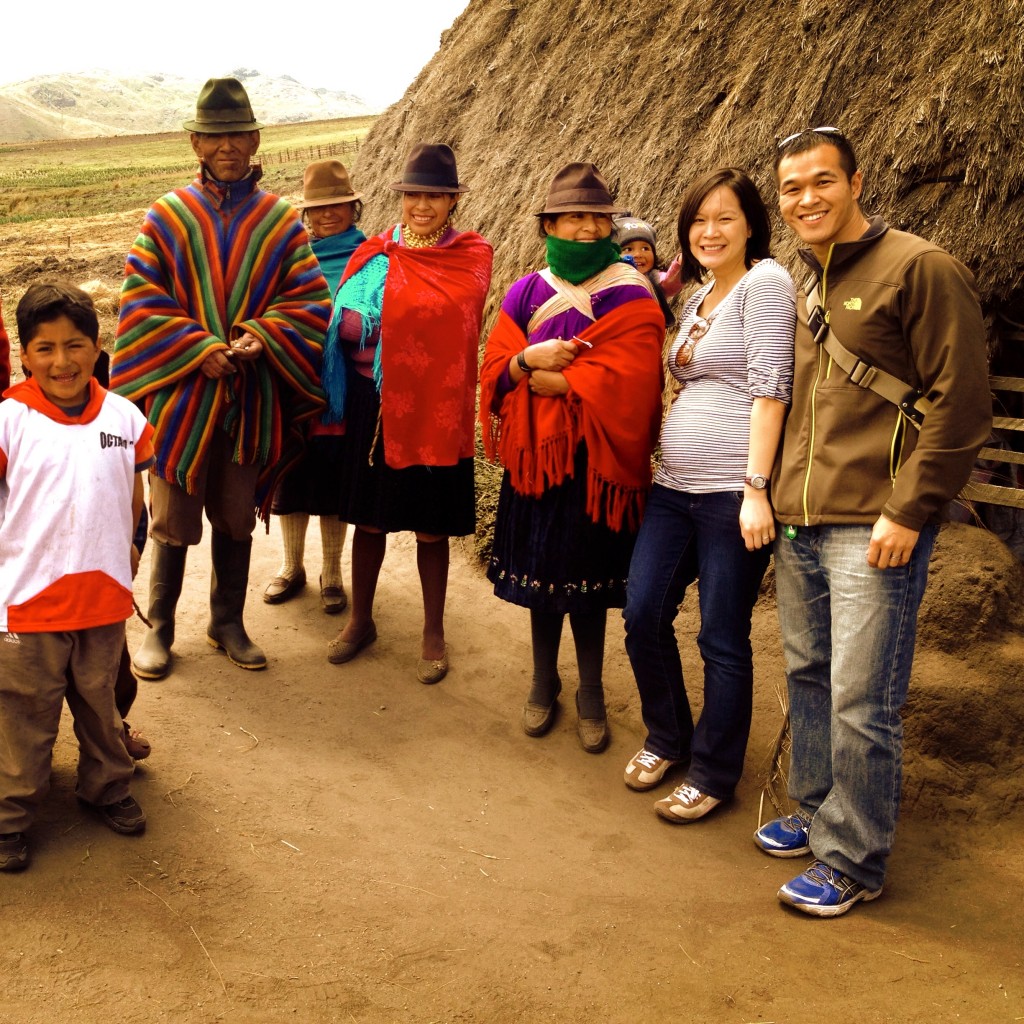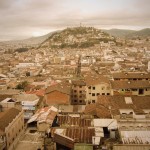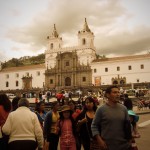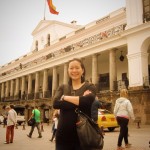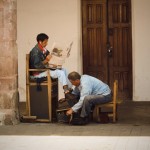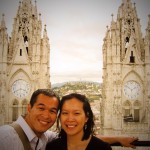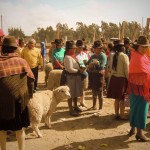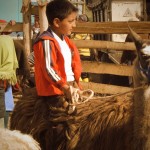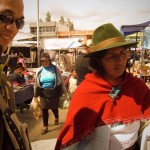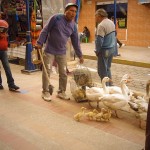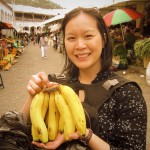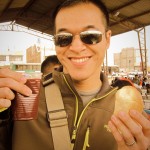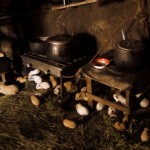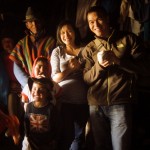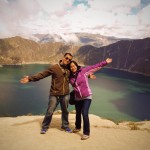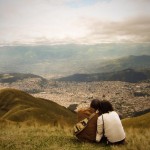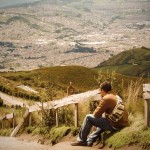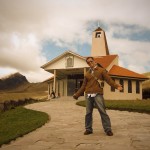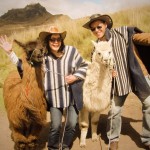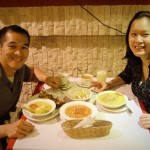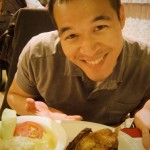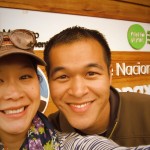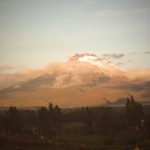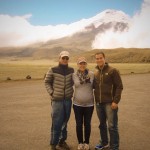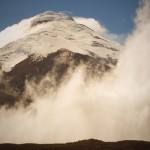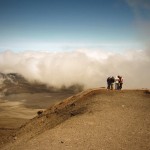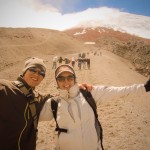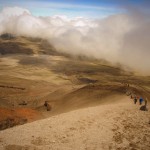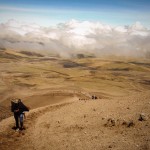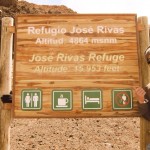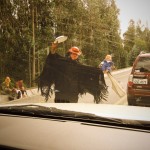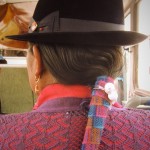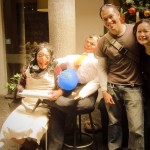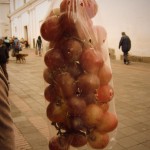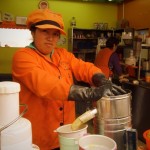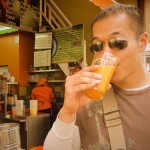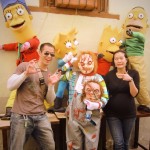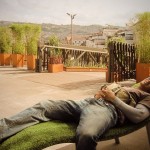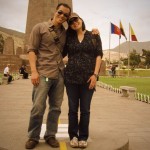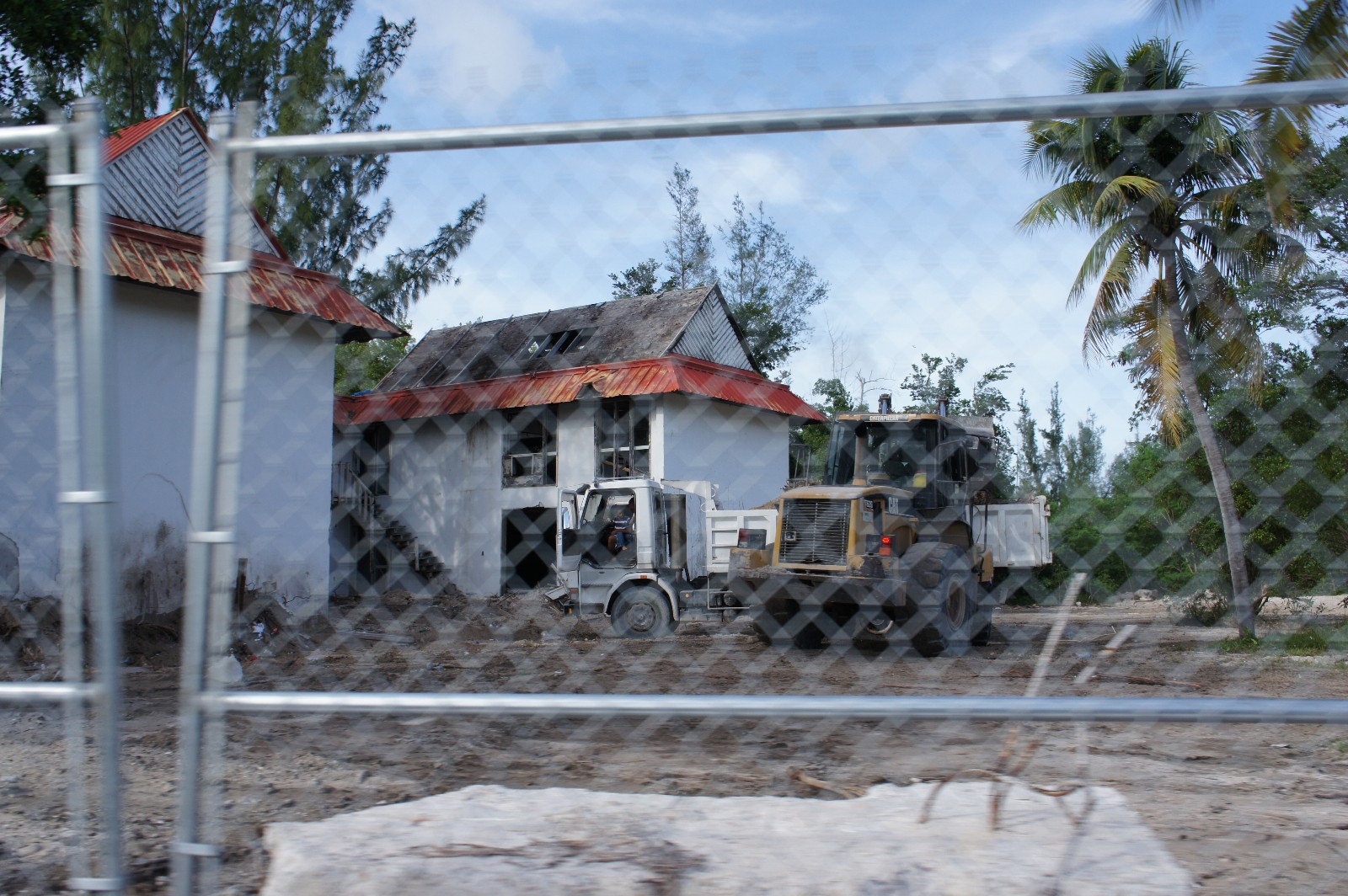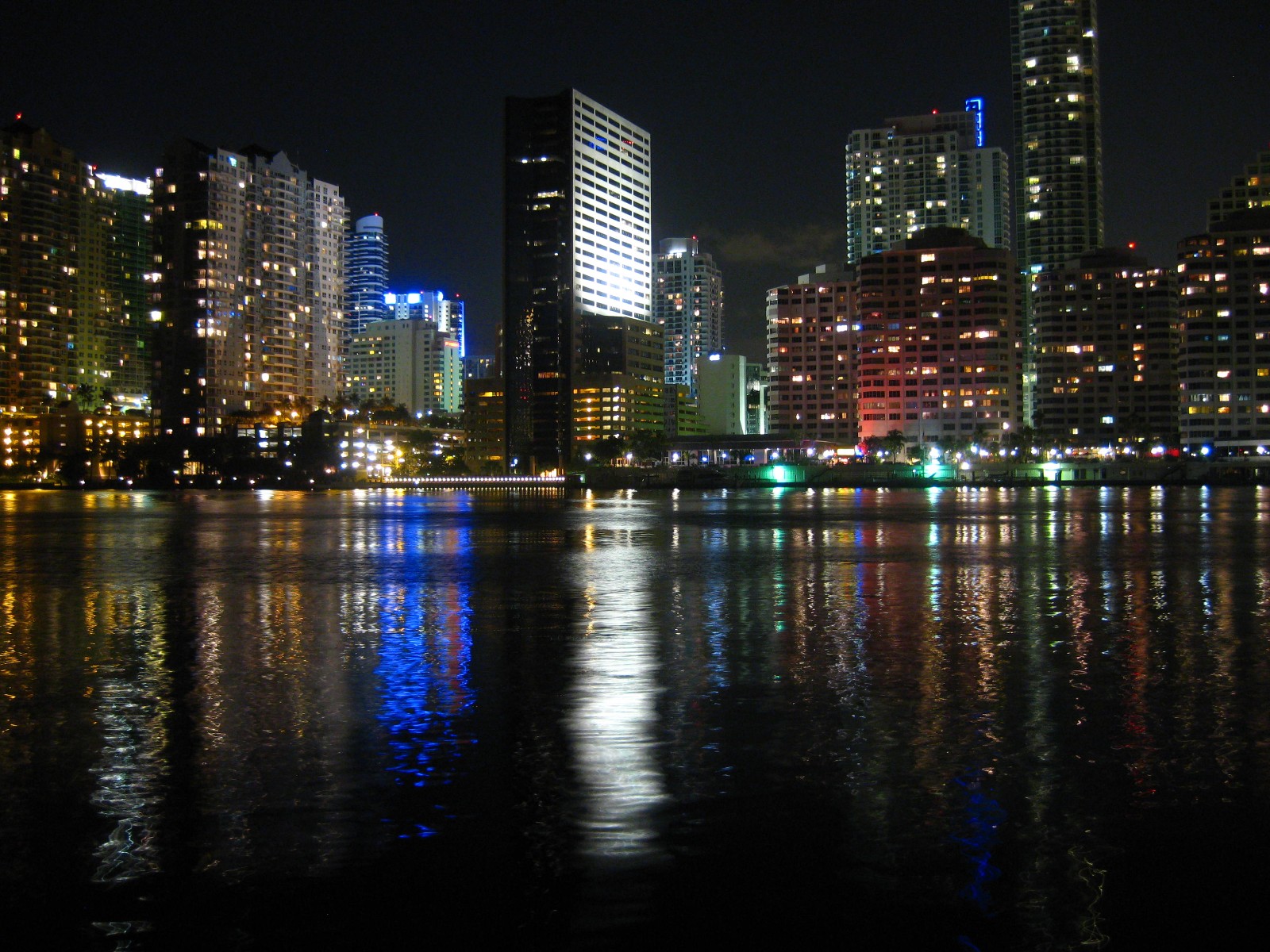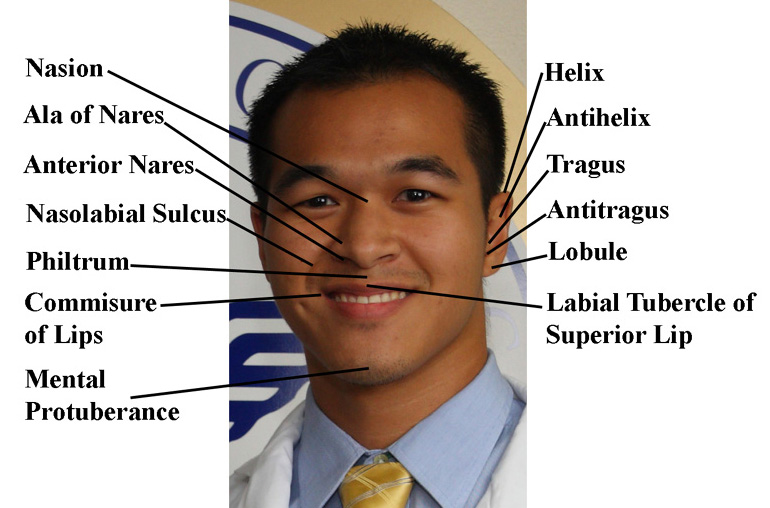A New Year in Ecuador
With a world as diverse and fascinating as ours, Irene and I want to see as much of it as we can in our lives. Despite our busy study schedules during the past four years, we’ve managed to squeeze in quite a few trips exploring the Caribbean as well as Europe. When your medical school is in the Caribbean and your clinical rotations are spread out between New York, Florida, and the UK, traveling certainly becomes easier, if not necessary. Irene and I hope to instill the spirit of travel to our future children and encourage them to always be curious about the world, seek new experiences, meet new people, and strive to understand their world a little better everyday. With a new family and career on the horizon, our next few years will be dedicated to cultivating our lives as new parents and professionals, a phase in our journey we very much look forward to.
To celebrate our last months before this new endeavor, Irene and I flew south this past winter holiday to Ecuador to experience its highland Andean culture, indigenous markets, volcanoes, historic Quito, and the chance to balance our feet along the equator, from which the republic gets its name.
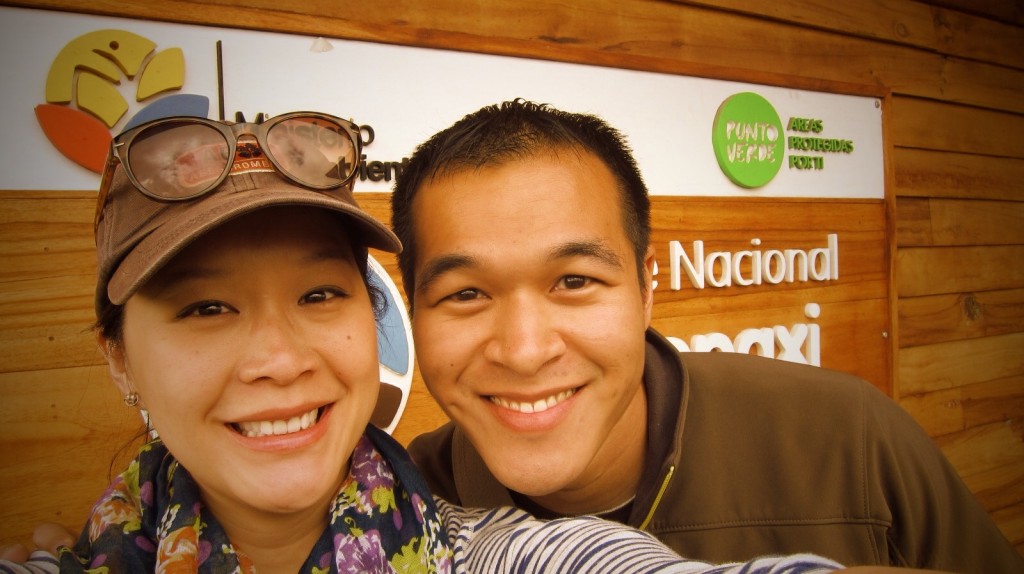
While Ecuador is new to me, Ecuadorians are not. While most kids in my county started learning foreign language in high school, my parents felt it necessary for my brothers and me to start much younger to ensure we become more fluent. When I was 11, my parents hired a student from the local university to teach us Spanish. Her name was Belén and she was from Ecuador. Belén always came to our house prepared, enthusiastic, and dedicated. She came several times a week for 2-3 hours per session. When she went back to Ecuador during one of her winter breaks, she brought back tapes of Ecuadorian tv shows, cartoons, and commercials she recorded for us from back home. We also learned a lot about Ecuadorian customs and culture. Because of her, I now speak Spanish fairly well, have a deep appreciation for other cultures, and communicate directly with many of my Spanish-speaking patients, and for that I am thankful. Multilingualism and cultural competence are two of the many great gifts my parents gave my brothers and me, and something Irene and I hope we can pass to our children.
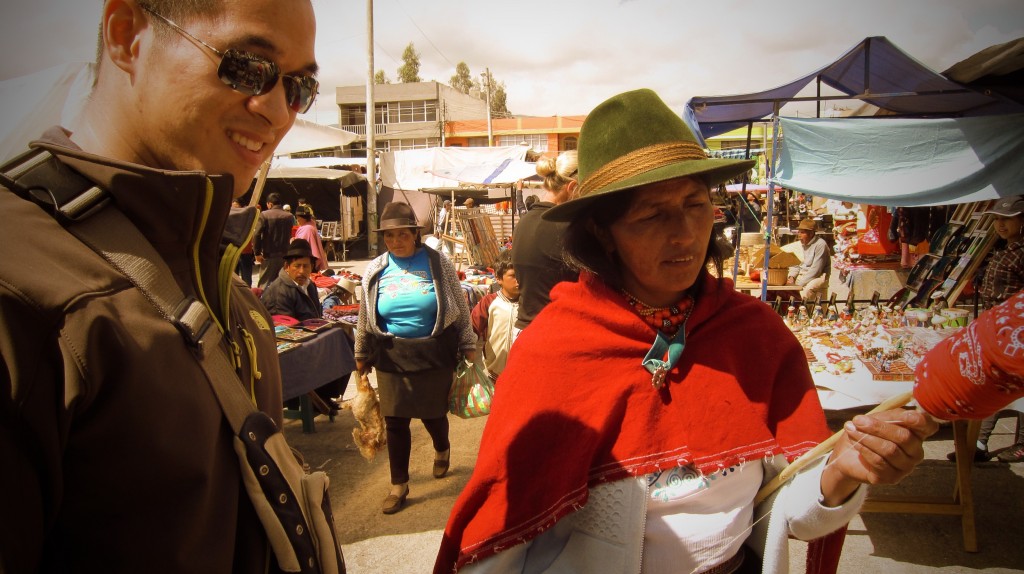
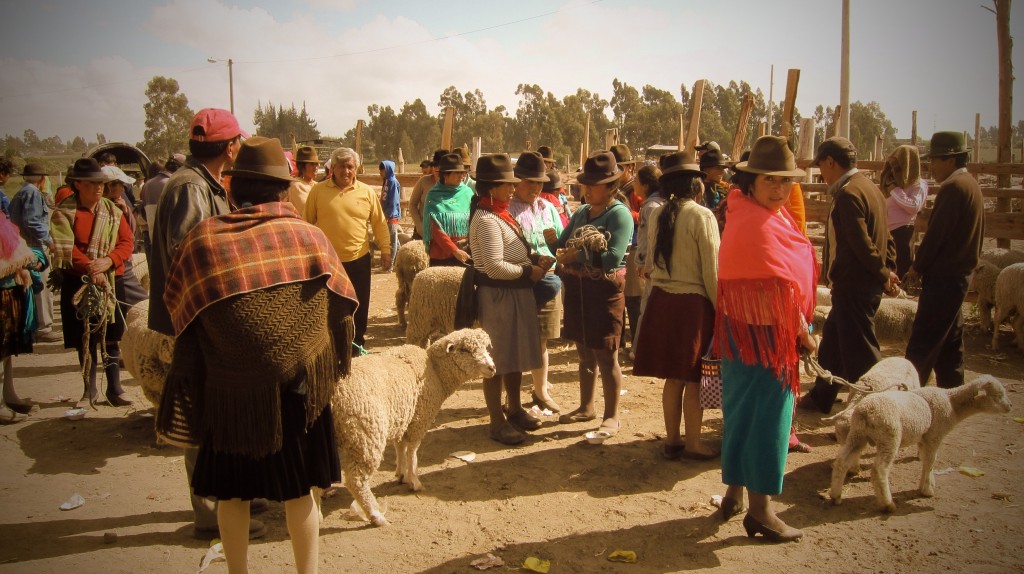
With my dream to see the country I’ve heard so much about through my mentor, and our desire for adventure, Irene and I didn’t take long to decide on spending our holidays in Ecuador. With the Galapagos to the west, Andes in the middle, and the Amazon to the east, Ecuador is an incredibly diverse ecological hotspot, and it packs all of this in an area as small as Colorado. While we would’ve loved to see giant tortoises, blue-footed boobies, and admire the evolutionary diversity of Darwin’s finches in the Galapagos, or stay in ecolodges hidden deep within the rainforests of the Amazon, we decided to experience the highland life of the Andes, given the limited time we had. For a week, we stayed around the Quito area, exploring the old city, the nearby Cotopaxi volcano, Lake Quilotoa, the indigenous market town of Otavalo, and the Equator. Just within the capital city of Quito where we stayed, the environmental diversity is staggering. We could see both cloud forest wedged in the valleys at one edge of the city and treeless highland mountains towering above the other side of the city, as well as dry desert-like environments on the northern borders, all blending into each other as the elevation changes. Speaking of elevation, Quito is also the second highest capital city in the world, at 9350 ft above sea level. Compare this with Denver, the “mile high city,” at 5280 feet. While Irene and I did not feel altitude sickness within Quito, a short gondola ride up Pichincha volcano overlooking the city at 12,000 feet makes us realize how quickly altitude can affect us (we didn’t have enough time to produce 2,3-BPG).
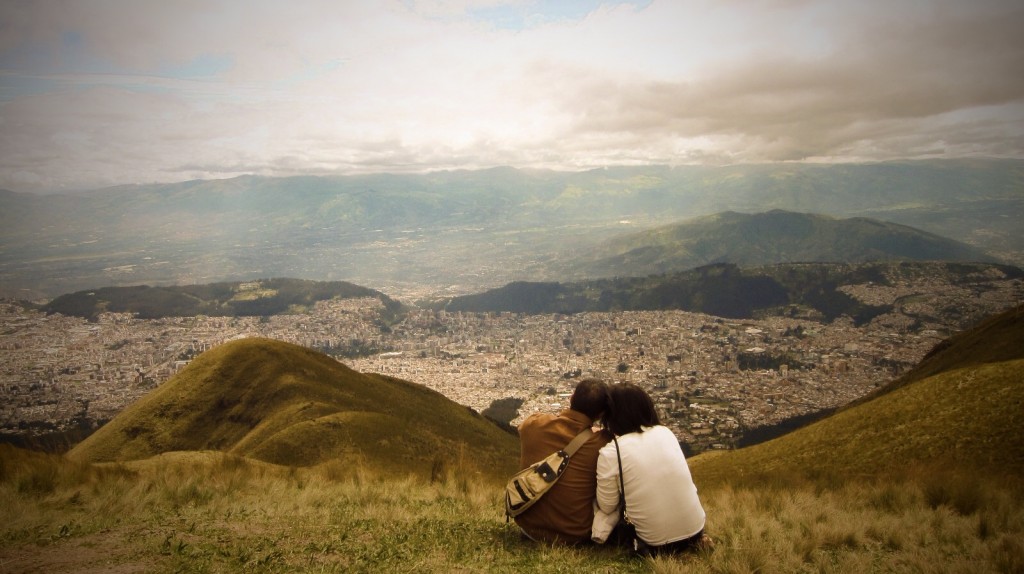
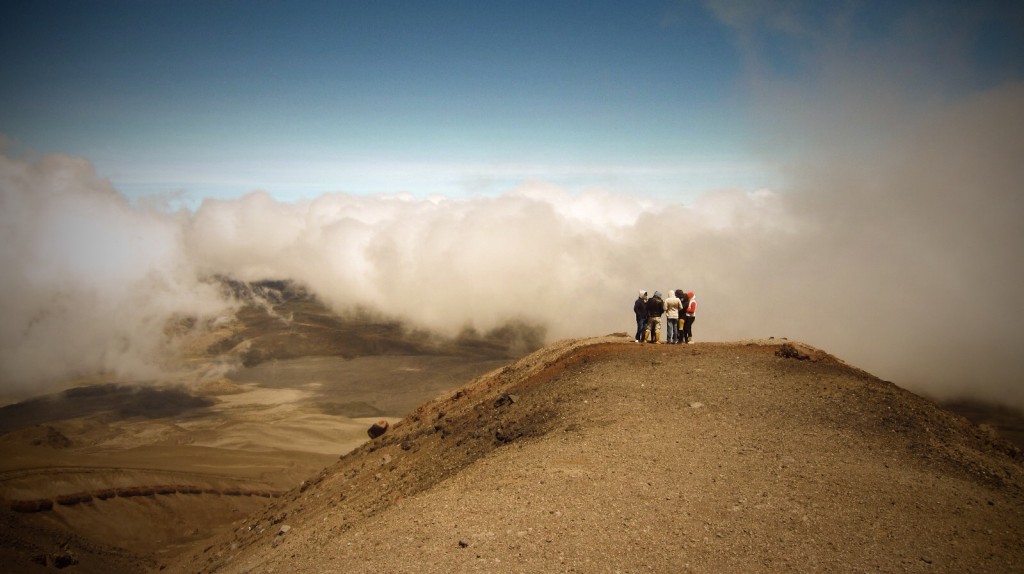
Like its natural environment, Ecuador’s cultural heritage is also quite diverse, being an amalgamation of Incan, Spanish, and other indigenous cultures. Before the Spanish conquest, Ecuador was part of the great Incan Empire, which stretched from modern-day Ecuador in the north to Chile in the south. The Incas were skilled at architecture and engineering (think Machu Picchu), and developed advanced mathematics, surgical techniques, and astronomy. Before his death in 1527, the Incan emperor Huayna Capac divided his empire into two, granting his son Atahualpa to rule the northern realm of the empire (modern-day Ecuador) from the city of Quito, and his other son Huascar to rule the southern realm (modern-day Perú and Chile) from the city of Cuzco. After their father’s death from smallpox brought over by the Spanish, the two brothers eventually fought each other for the sole crown of the entire empire, leading to a civil war. Although Atahualpa eventually won, little did he know there was a much greater threat looming in the distance, and in 1532, the Spanish conquistadors led by Francisco Pizarro captured Emperor Atahualpa and conquered the Incan empire. As a last resort against the Spanish conquest of the Incan empire, Atahualpa’s general, Rumiñawi, burned down his own capital city of Quito in honor rather than seeing the Spanish destroy it in shame. After the Spanish completely took over, Quito was rebuilt into a New World colonial city, and today, little remains of the northern Incan capital that preceded it.
Due to its history, the majority of Ecuadorians today are of mixed Kichwa (Incan) and Spanish heritage. A significant minority are full-blooded Kichwa and other indigenous ethnic groups. Kichwa culture is still very prominent, both in the big city and the countryside, and is evident in the clothing, food, music, language, identity, beliefs, medicine, and traditions. Kichwa, the language of the Incan Empire, continues to thrive as a modern spoken language and is an officially recognized regional language of Ecuador, and Irene and I definitely heard quite a bit of it. While the Incan empire may be gone, the Incan civilization is very much still alive today, embodied in the spirit of the Kichwa Ecuadorians today.
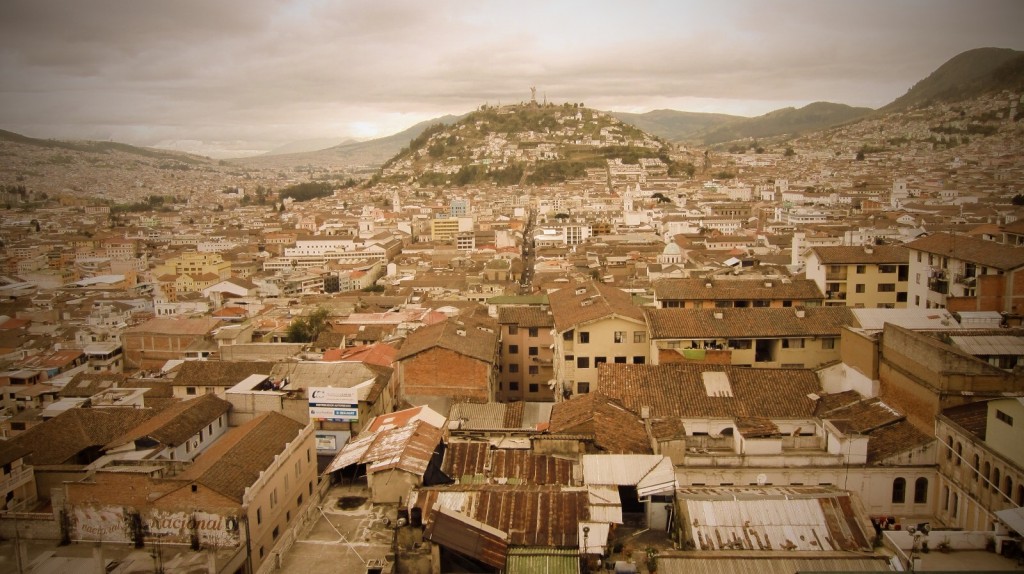
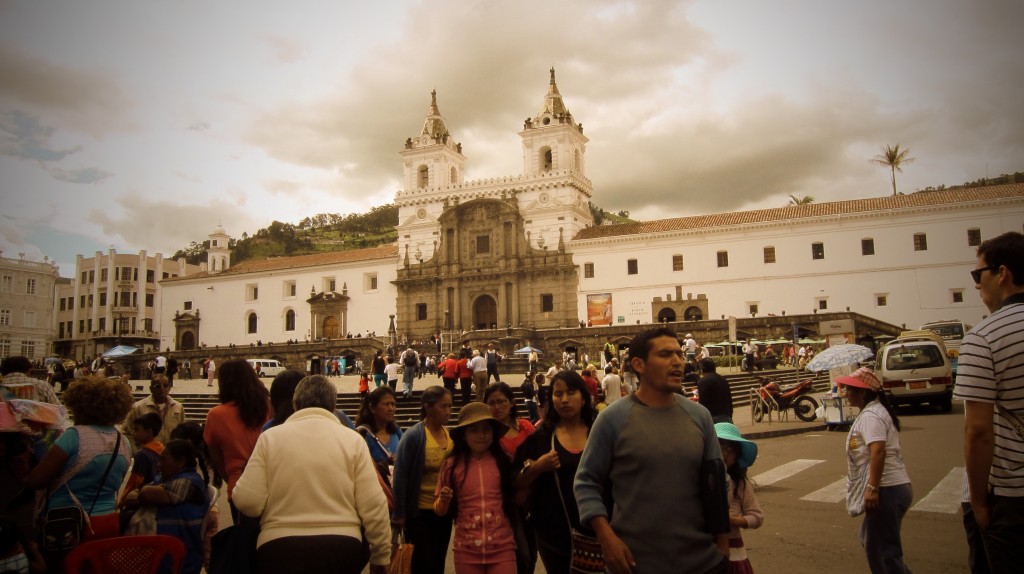
After a week of hiking down into a crater lake, climbing up one of the highest active volcanos on Earth, shopping in South America’s largest indigenous market, having a guinea pig for dinner, and getting lost in the charming colonial streets of old Quito, Irene and I had the honor of spending our last day on New Years in Ecuador, which is celebrated much differently than the way we do in the United States. Days before, we walked down streets lined with vendors selling large paper mannequins of political figures, cartoon characters, and other effigies representing el año viejo (the old year). On New Years Eve, these effigies hung everywhere, in front of stores, houses, cars, and on the street, waiting to be burned in a big bonfire at midnight, along with the old year, making way for the new. The streets filled with vendors selling colorful wigs, masks, and garishly yellow underwear and bras, which we later learned was the proper underattire to wear on New Years. One can say that New Years Eve is the Ecuadorian version of Halloween. Everywhere, kids and teens dressed in all sorts of scary and strange costumes. Many young men put on dresses and wigs, representing the widows of the año viejo to be burned that evening, dancing in front of cars and asking for small change. After roaming the street scene until sunset, Irene and I headed to the dark and quiet top floor of our hotel to view the fireworks at midnight, stuffing our mouths with 12 grapes for good luck, another tradition here. While we could have celebrated loudly with the rest of the crowd at Plaza Foch, we felt it even better to celebrate this moment with just each other, entering the new year together, into the next phase of our lives.
